The need to protect power networks in protection against surges arose almost immediately after people learned how to transfer electricity from one building to a neighboring building. Often the cause of surges is a lightning strike to a power line or the effect of lightning striking close to the cable. But there are other reasons, for example, switching processes in substations. Needless to say, normally they should not lead to the appearance of dangerous power surges, but in reality such surges appear due to worn-out equipment or insufficient experience of staff.
The problem of controlling overvoltage surges has become especially urgent in our time, since computer equipment and communication equipment are connected to the power supply network. Surge voltages can knock them out of service. But even if the computer does not break, it still may fail and lose information. In order to avoid such situations, surge protection devices are used, abbreviated as SPD. The principle of operation of the SPD is that when the voltage on a phase wire exceeds certain value, this wire instantly connects to the ground wire, which allows the overvoltage to be removed to the ground.
Three classes of SPD
It should be borne in mind that the more powerful the SPD, the higher the voltage threshold at which it returns to the “open” state. In addition to this factor, the operation of an SPD at the entrance to the building can cause impulse noise in the internal power supply. Therefore, usually a three-stage circuit is used for protection against surges. Accordingly, SPDs are divided into three classes.
Class I (B according to international classification) - normalized for a pulse of 10/350 μs. Hereinafter, the first value is the rise time to the maximum voltage value, the second value is the fall time from the maximum to the nominal value. SPDs of this class are designed for currents of 25 - 100 kA. The design of such a SPD is based, as a rule, on a spark gap.
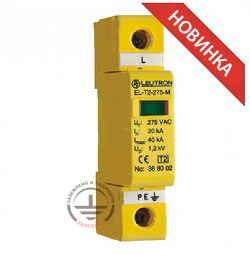
SPD of class II Leutron LE-388-186
Новинка - New
Class III (D) - normalized for pulses of 1.5/50 μs and 8/20 μs. SPDs of this class have the same design as devices of class II, but are rated for a current of max. 10 kA.
Proper placement
SPDs are placed in the following order. Devices of class I are placed at the entrance to the building. Devices of class II are installed in distribution cabinets. Finally, devices of class III are located in close proximity (no further than 5 meters) from the protected equipment. It should be noted that modern electronic devices are often equipped with a built-in SPD that can be classified as class III. But, nevertheless, even if it is just a matter of protecting such equipment, it still makes sense to install a separate SPD of this class. The fact is that, usually, SPDs built into the equipment are also based on varistors, the number of trips of which, as already was mentioned, is limited. Using an additional separate SPD of class III, you can extend the life of electronic devices.
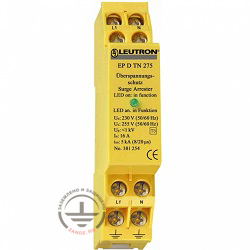
Leutron LE-381-254 is a compact single-phase SPD of class III
For normal operation of the protection system, selectivity is important. SPDs should operate in the following sequence: class I, class II, class III. To ensure such a sequence, it is necessary that the cable connecting the SPD of class II to the SPD of class I is at least 15 m long, and the SPD of class III to the SPD of class II is at least 5 m.
Each SPD model is designed for strictly defined neutral modes. The use of SPDs in a power supply system with a neutral mode different from that given in the technical data is not allowed.
Combined SPD
When a cottage is supplied with electricity via an overhead power line, power is usually supplied directly to a power supply board. Then you can simplify the design of the board using SPD with the functions of devices of I and II classes. If the cottage is small, then use SPD that combines the functions of all three classes.
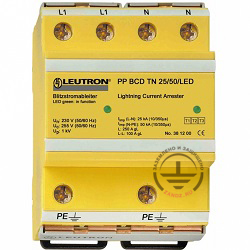
SPD of classes 1+2+3 Leutron LE-381-214
For marketing reasons, in order to show the difference between such SPDs from ordinary ones, their class is often indicated not in Roman but in Arabic numerals: “1 + 2” or “1 + 2 + 3”.
Potential hazards and ways to prevent them
A large current flows through the SPD in a short period of time. If the SPD is connected incorrectly, it may fail. And in some cases - a fire and even an explosion of SPD can occur. Also, these phenomena can occur if there are structural defects in the SPD.
Another common mistake is incorrect assessment of the level of surge overvoltage, as a result of which SPDs of class I are not installed at the entrance to the building at all. Then, surge overvoltage that can cause it to overheat can enter the input of SPD of class II.
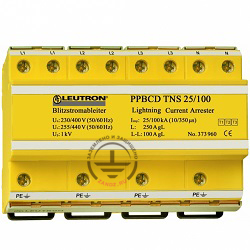
Three-phase combined SPD of class 1 + 2 + 3 Leutron LE-373-960 replaces several devices at once
Finally, when choosing specific SPD models, it should be clearly understood that current of tens of kA or so can have a destructive effect. Therefore, the device through which it will pass must be of good quality. Among specialists, SPDs made by companies specializing mainly in this type of product, for example, the German company Leutron, are highly esteemed. And definitely, avoid the use of an SPD of unknown origin.
Related Articles:
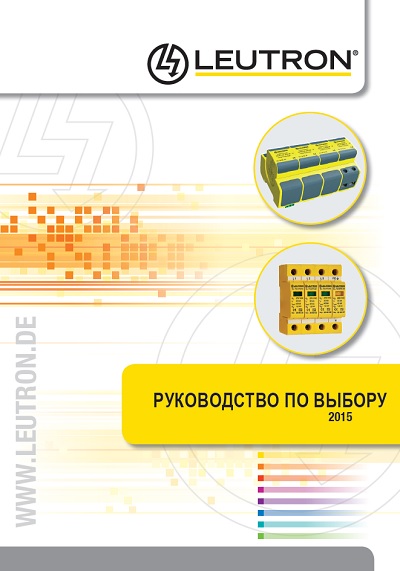 Quick selection of SPD
Quick selection of SPD
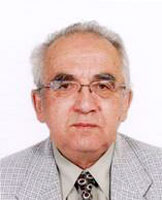 Methodics of calculation of SPD load currents
Methodics of calculation of SPD load currents
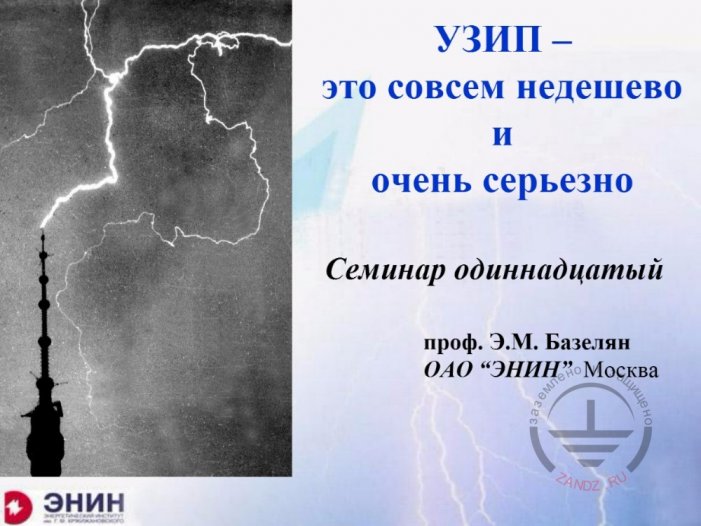 Webinar «Frequently asked questions about SPDs», page 1
Webinar «Frequently asked questions about SPDs», page 1



